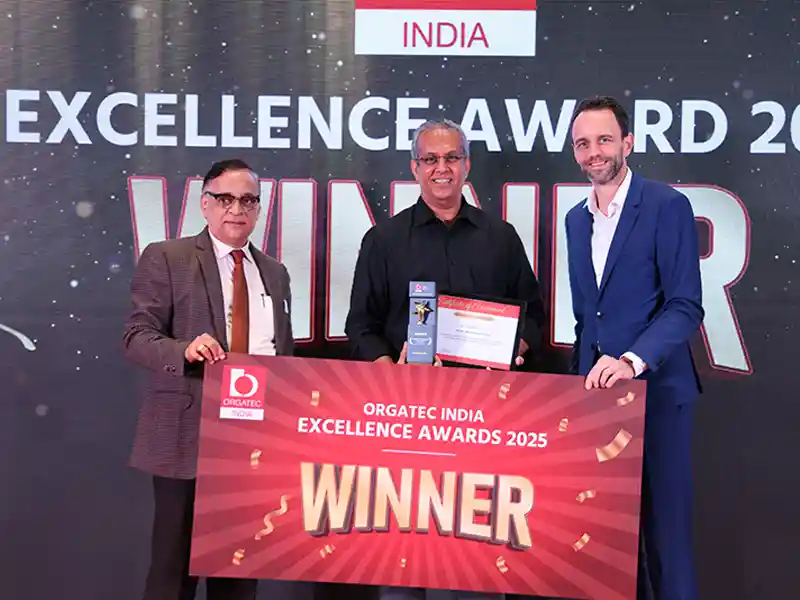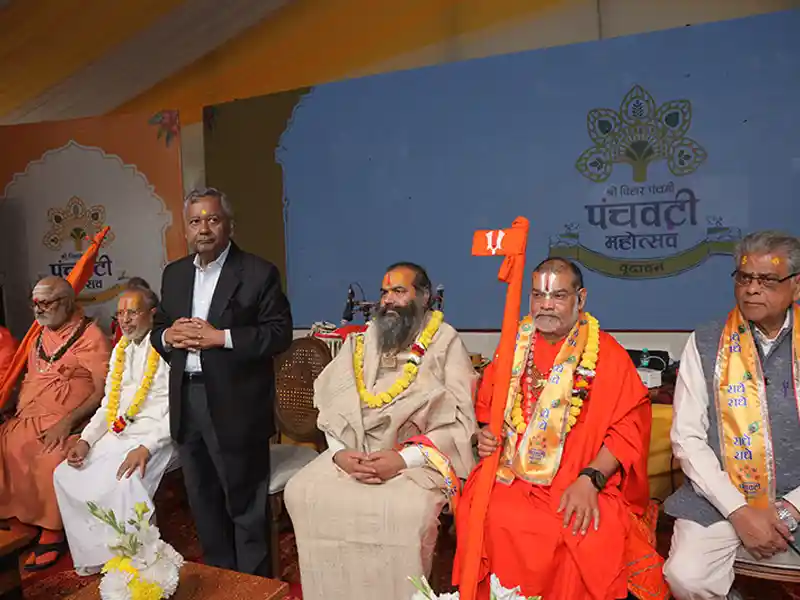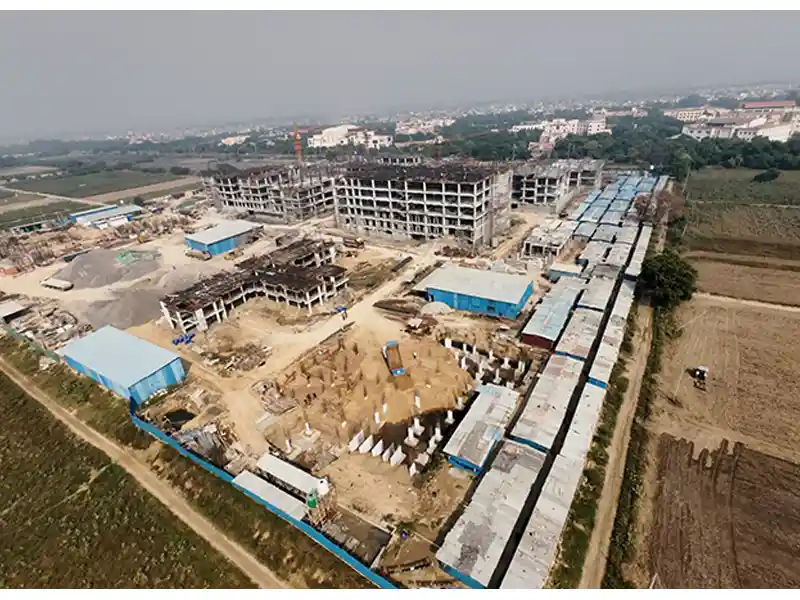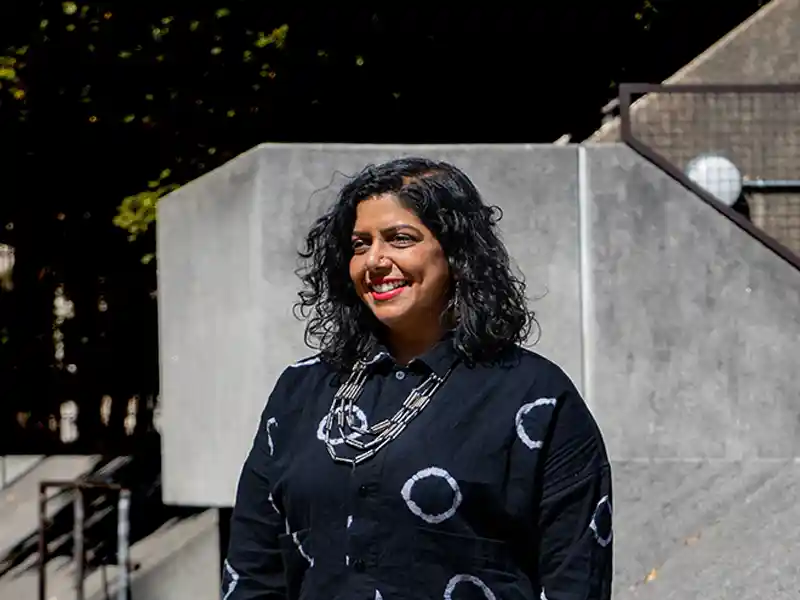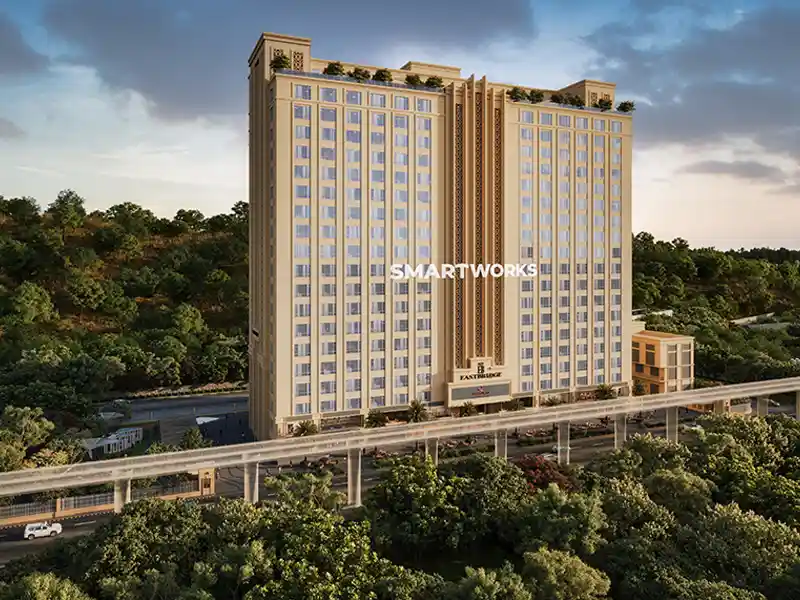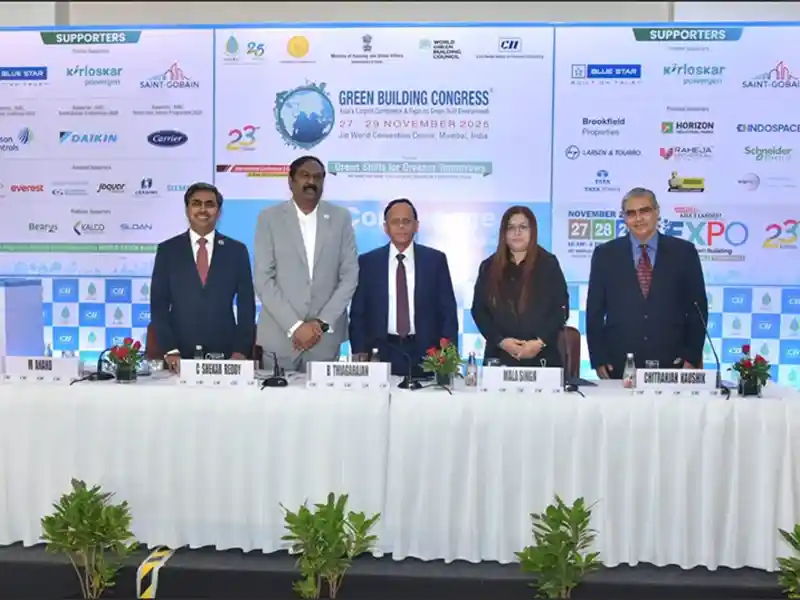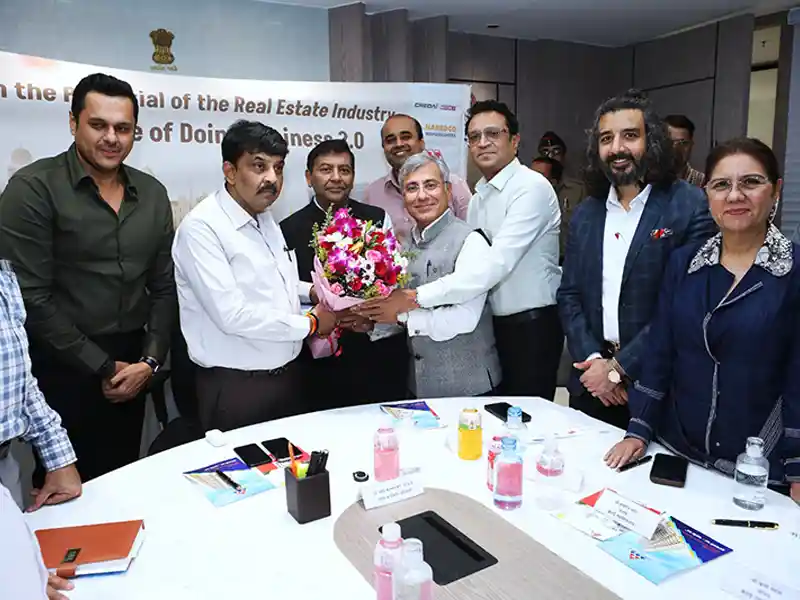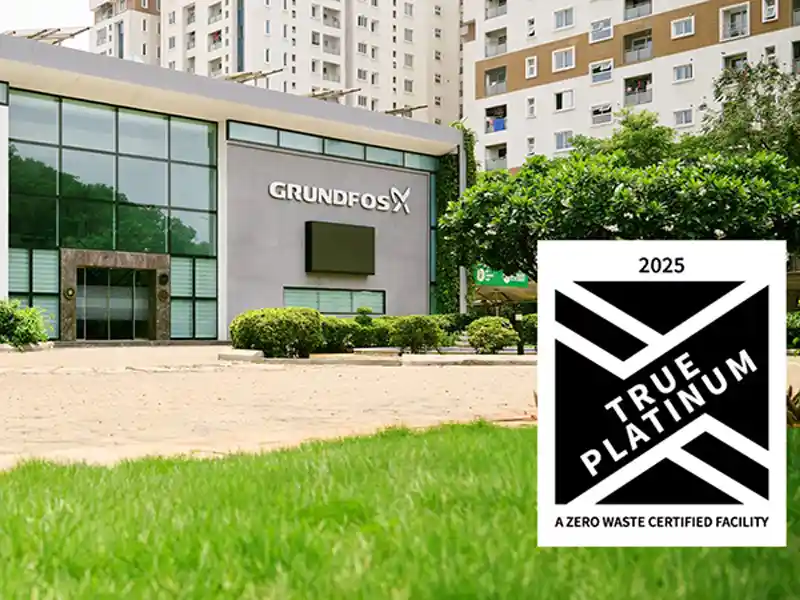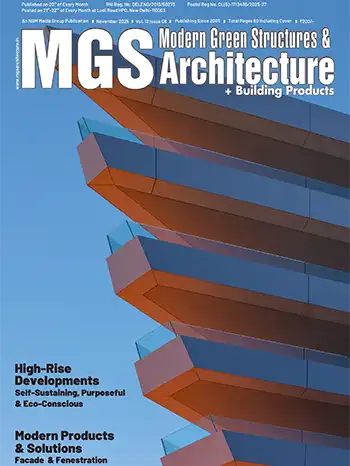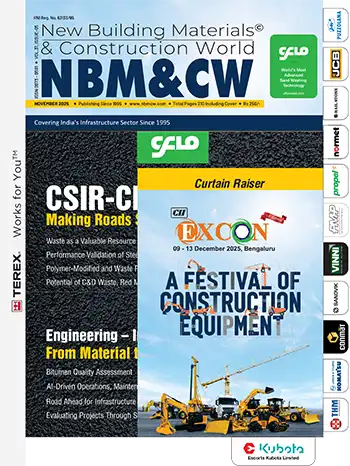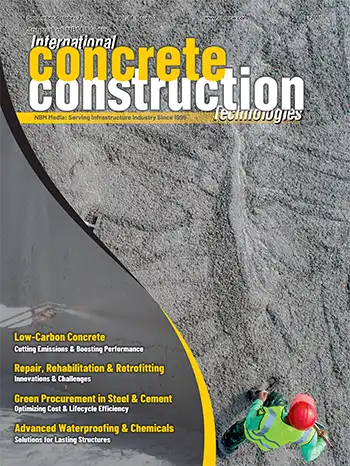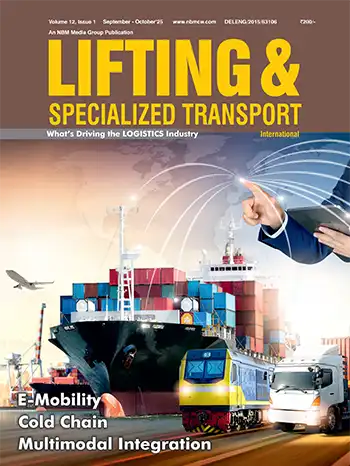“Buildings offer immediate opportunities for addressing climate change, biodiversity loss, equity, health, and much more when they are designed, built, and operated with intent,” said Peter Templeton, President & CEO, USGBC. “This is the architecture behind LEED v5, which targets areas where accelerated progress is most needed while creating pathways that are accessible and applicable.”
Centered around three impact areas, all credits and prerequisites in LEED v5 drive improvement towards decarbonization, quality of life, and/or ecological conservation and restoration.
- Decarbonization: LEED v5 focuses on reductions of all significant sources of emissions: operational, embodied, refrigerants and transportation.
- Quality of life: LEED v5 uses human-centric strategies to improve health and wellbeing, resilience, and equity and inclusion for building occupants and their communities.
- Ecological conservation and restoration: LEED v5 emphasizes strategies and actions that can be implemented at the individual asset level to limit environmental degradation and contribute towards the restoration of ecosystems. LEED v5 emphasizes impact, alignment, and interconnectedness to support initial and ongoing sustainability efforts throughout a building’s lifecycle. Impact highlights include:
- LEED v5 Operations + Maintenance puts existing buildings on a path to decarbonization and ties Platinum-level certification to near-zero carbon operating emissions.
- LEED v5 Building Design + Construction provides a framework for new buildings to reach near-zero carbon emissions operationally by 2050, on a decarbonized grid, and, at the Platinum level, for buildings to achieve near-zero carbon operationally and embodied carbon reductions today.
- For the first time, project teams will be equipped with key information to guide goal setting and project delivery, including assessment methodologies for climate resilience, carbon emissions through 2050, and social equity. This information will help project teams set higher aspirations, pursue greater innovation, and achieve better outcomes.
- LEED v5 users will receive a LEED Impact Report that will help them measure, manage, and communicate their project’s performance and allow them to make improvements over time.
Final versions of LEED v5 incorporating feedback received during the public comment period are scheduled to be released in early 2025. As we continue the development of LEED v5 over the coming year, projects will be able to register to use the current version of LEED and will be held to the requirements in place at the time of registration throughout their certification process.
The revisions made through public comment will help ensure that LEED v5 drives transformative change while remaining accessible and applicable to all project types and regions. With input from technical experts and industry stakeholders from around the world, LEED v5 will offer a comprehensive framework aimed at fostering sustainable building practices that catalyze positive impact on a global scale.
The next version of the LEED green building rating system will drive deep decarbonization, quality of life improvements, and ecological conservation and restoration.

